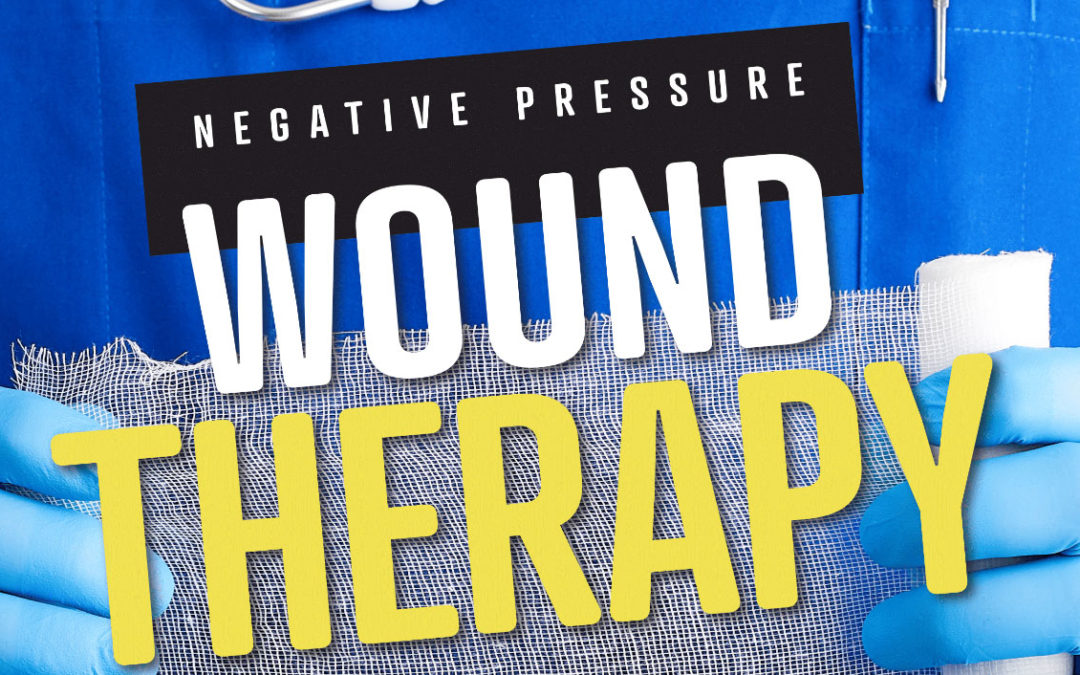

To control infection, debridement of the right greater trochanteric area with creation of a small bone tunnel and marginal resection around the right pelvic bone were performed.

The dead space from the right greater trochanter to the presacral area connected through subcutaneous tunneling was the suspected focus of infection hence, it was difficult to sufficiently reduce the bacterial load by irrigation alone. With continued use of antibiotics, the patient’s estimated glomerular filtration rate decreased from 79.8 to 37.7 mL/min/1.73 m2. Infectious disease specialists recommended surgical resection of the extensive soft tissue lesions around the right pelvis, which was not feasible. However, despite treatment, no improvement was observed in the lesion while fever and SIRS progressed. Wound dressing was applied daily in the operating room to reduce bacterial burden. Nevertheless, the MDR bacterial infection was not controlled. The patient later developed systemic inflammatory response syndrome (SIRS), which required administration of multiple antibiotics, including vancomycin. Subsequent treatment with antibiotics did not improve his condition. A magnetic resonance imaging scan was attempted to confirm osteomyelitis of the right pelvis however, the imaging failed because the patient did not cooperate in the examination room. Bacterial culture with antibiotic susceptibility tests showed infection with methicillin-resistant Staphylococcus aureus, carbapenem-resistant Acinetobacter baumannii, carbapenemresistant Pseudomonas aeruginosa, and vancomycin-resistant Enterococcus in the exposed soft tissue ( Fig.

Physical examination showed extensive soft tissue lesions around the pelvis, exposing the right greater trochanter ( Fig. The patient provided written informed consent for the publication and the use of his images. H-210) and performed in accordance with the principles of the Declaration of Helsinki. The study was approved by the Institutional Review Board of Seoul National University Hospital (IRB No. Despite several debates about whether NPWT can reduce bacterial load, in this case, NPWT application played a significant role in reducing bacterial bioburden in refractory infection. In a severe case wherein no antibiotic was effective, dramatic wound healing was enabled by creating a small bone tunnel in the osteomyelitis lesion and applying NPWT to promote bacterial excretion. The soft tissue infection progressed deeply through subcutaneous tunneling from the right greater trochanter to the presacral area hence, bacteria were not excreted from the affected area. Here, we describe successful wound healing through NPWT in a patient with refractory osteomyelitis caused by MDR bacterial infection. Although negative-pressure wound therapy (NPWT) may be useful in preventing infection by reducing bacterial bioburden, it is contraindicated in patients with untreated infections, including osteomyelitis. Uncontrolled infection, especially with multidrug-resistant (MDR) bacteria, may inhibit wound healing. Key Words: Fournier gangrene Drug resistance, multiple, bacterial Negative-pressure wound therapy Osteomyelitis Systemic inflammatory response syndrome Despite recommendations against negative-pressure wound therapy in patients with osteomyelitis, this study highlights the application of the technique for infection control in patients with multidrug-resistant bacterial infections and osteomyelitis. Healing by secondary intention progressed with subsequent formation of granulation tissue. Negative-pressure wound therapy reduced the bacterial load and resolved the patient’s condition. Soft tissue infection and osteomyelitis progressed deeply through subcutaneous tunneling hence, bacteria were not excreted from the affected area. Here, we report successful wound healing by negative-pressure wound therapy in a patient with refractory osteomyelitis due to multiple multidrug-resistant bacterial infections. Although negative-pressure wound therapy can help prevent infection, it is contraindicated in patients with untreated infections, including osteomyelitis. Uncontrolled infection, especially with multidrug-resistant bacteria, may significantly inhibit wound healing.


 0 kommentar(er)
0 kommentar(er)
